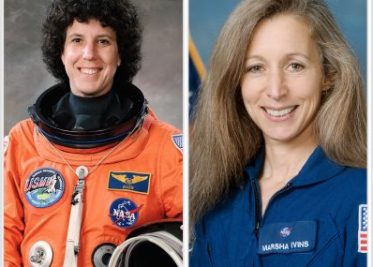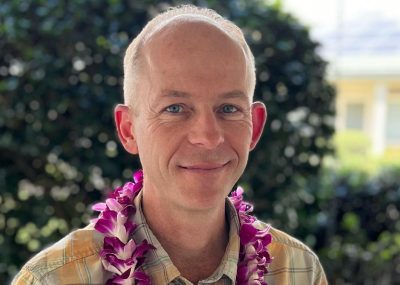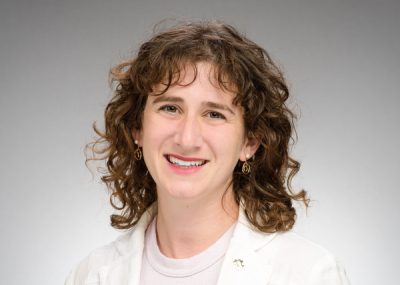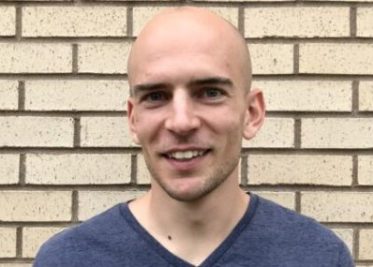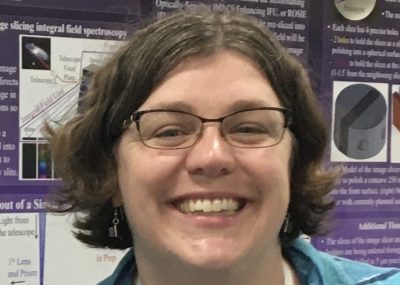We now know of more than 5000 confirmed exoplanets – planets that orbit stars other than our own Sun. Most of these planets have been discovered and studied indirectly, by observing their effects on the stars they orbit, rather than imaging the planets themselves. As a result, many open questions related to planet formation and evolution remain unanswered, including: How do planets form? What are the typical compositions of exoplanet atmospheres? Dr. Sallum will address some of her group’s ongoing work in these areas, aimed at pushing their ability to directly image planets around other stars. This includes building new instruments for Keck, developing exoplanet observing techniques with the James Webb Space Telescope, and preparing for direct imaging of Earth analogs with the next generation of telescopes.
The staff and management of the W. M. Keck Observatory wish to offer our deepest gratitude to our Astronomy Talk Series sponsors, Rob and Terry Ryan. And many thanks to all our supporters.
Guest Speaker

Steph Sallum, Ph.D.
Associate Professor of Physics & Astronomy, Project Scientist for the Keck/SCALES integral field spectrograph
University of California Irvine
Dr. Sallum studies planet formation with high resolution imaging and interferometry. She develops and applies interferometric techniques on adaptive-optics corrected telescopes, and uses them to image young stars and protoplanetary disks. Using this approach, she is able to probe smaller angular separations than “traditional” imaging techniques, expanding the parameter space for exoplanet and disk detections. She is currently involved in exoplanet imaging instrument development and serves as the Project Scientist for the Keck/SCALES integral field spectrograph, and is a member of the TMT/Planetary Systems Imager team.



